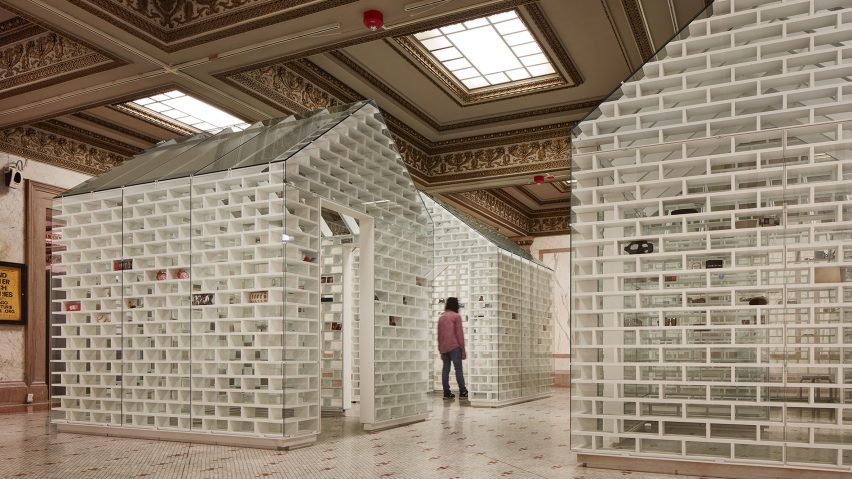
Five installations and exhibits not to miss at Chicago Architecture Biennial 2019
The artistic director of this year's Chicago Architecture Biennial Yesomi Umolu has picked five highlights from the event, including a glass memorial dedicated to victims of gun violence victims and a small cinema set that explores race and gender in the 20th-century.
Umolu and co-curators Sepake Angiama and Paulo Tavares developed the 2019 Chicago Architecture Biennial, titled ...And Other Stories, to explore a wide-range of contemporary themes and incite a variety of responses.
Exhibits, installations and other programme activities produced by over 80 contributors fall under one of four curatorial brackets – No Land Beyond, Appearances and Erasures, Rights and Reclamations, and Common Ground – and address issues like social housing, gun violence and cultural histories.
The Chicago Cultural Center, the event's hub, which is open to the public from Thursday September 19 until Sunday 5 January 2020. Read on for Umolu's five highlights:
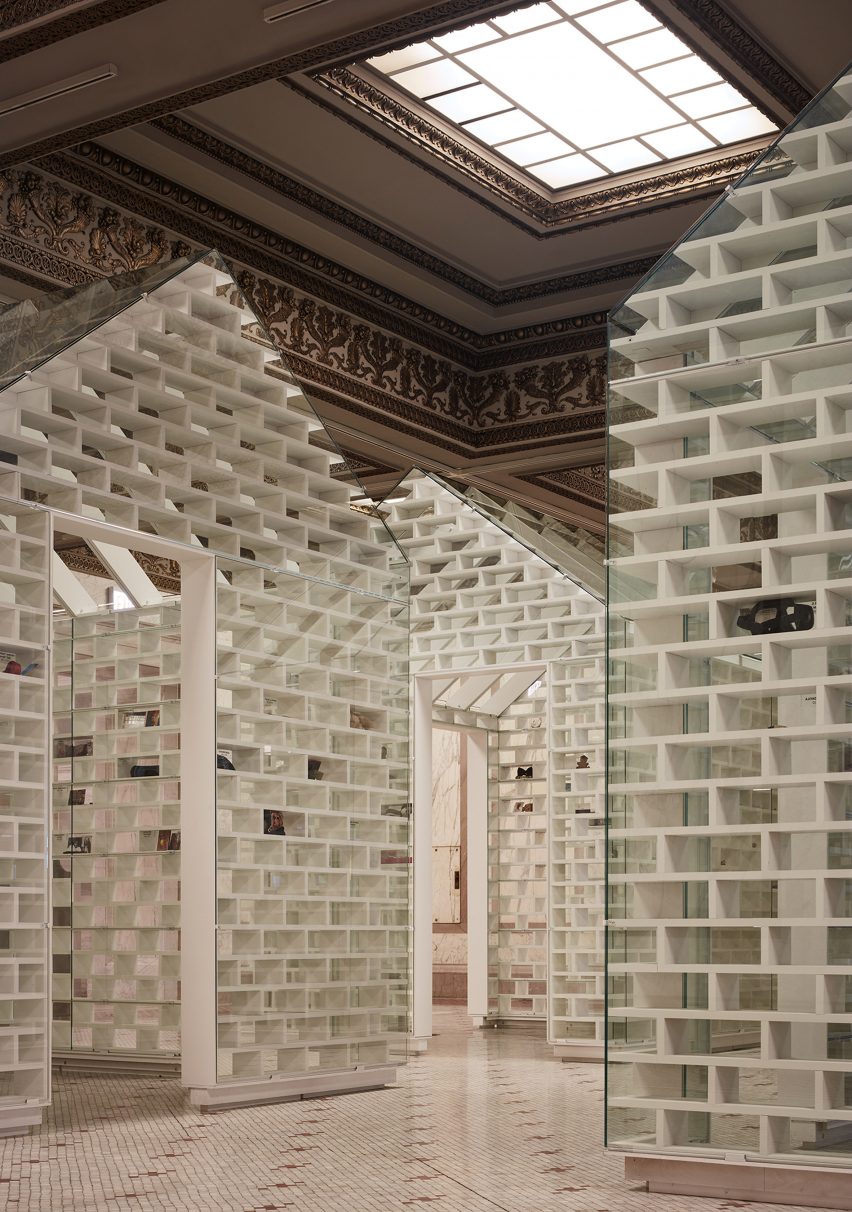
The Gun Violence Memorial Project by MASS Design Group and Hank Willis Thomas
Gun violence is a national epidemic whose sheer scale often reduces victims to statistics. MASS Design Group, in partnership with the artist Hank Willis Thomas and the gun control advocacy groups Everytown for Gun Safety and Purpose Over Pain, developed The Gun Violence Memorial Project to honour the lives of gun violence victims.
Through advocacy and remembrance-object-collection workshops, they invite the public to contribute stories and memories to the ongoing memorial. The objects will reside in a collection of glass houses representing the magnitude of gun-related deaths that occur over a single month in the United States.
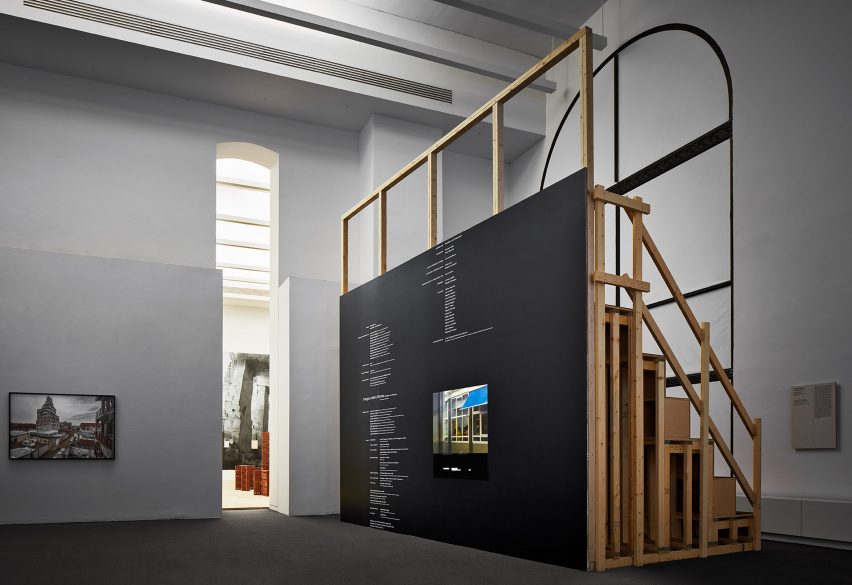
Images Letters Stones by Wendelien
Wendelien van Oldenborgh's outdoor cinema screen Images Letters Stones addresses the history of modernism – the international movement that responded to the advancements of modern life – through the lens of race and gender.
It explores the ideals of the Bauhaus-trained architect Lotte Stam-Beese and the activist and writer Hermina Huiswoud, who fought for racial and class equality through communism in the 1930s and 1940s. The words are partly drawn from archival materials related to their lives, and partly from writings by housing activists and scholars working today in Kharkiv, Ukraine; Rotterdam, the Netherlands; and Chicago.
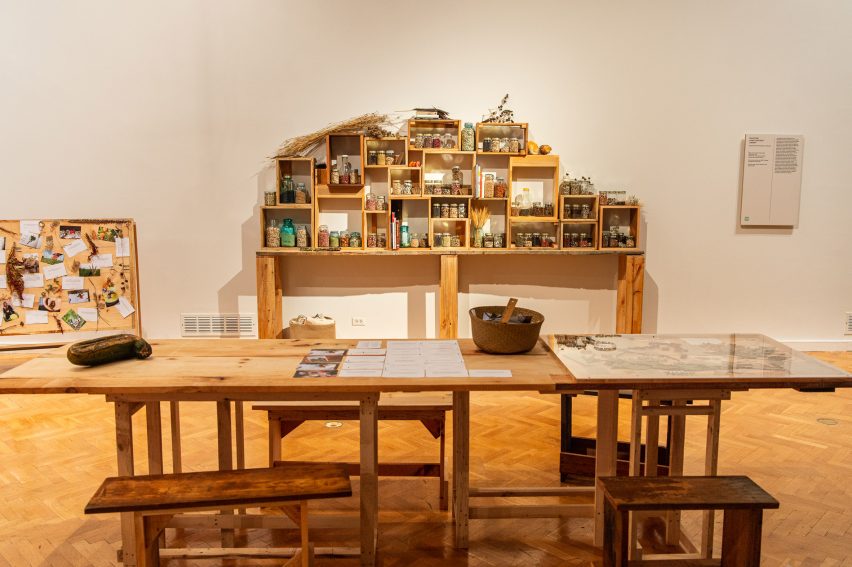
Eating Our Histories by Vivien Sansour
Palestine Heirloom Seed Library, founded by Vivien Sansour, has amassed a large collection of seeds from plants that are nearing extinction thanks to either colonial practices erasing communal farming or environmental change – or, more often, a combination of both – thereby preserving local ecological spaces and systems, and restoring knowledge and memories among Palestinian farmers.
Telling personal stories of foragers, survivors, and farmers in both Palestine and the US heartland, Marj and Prairie: Eating Our Histories uncovers the hidden power of plants to disturb colonial narratives.
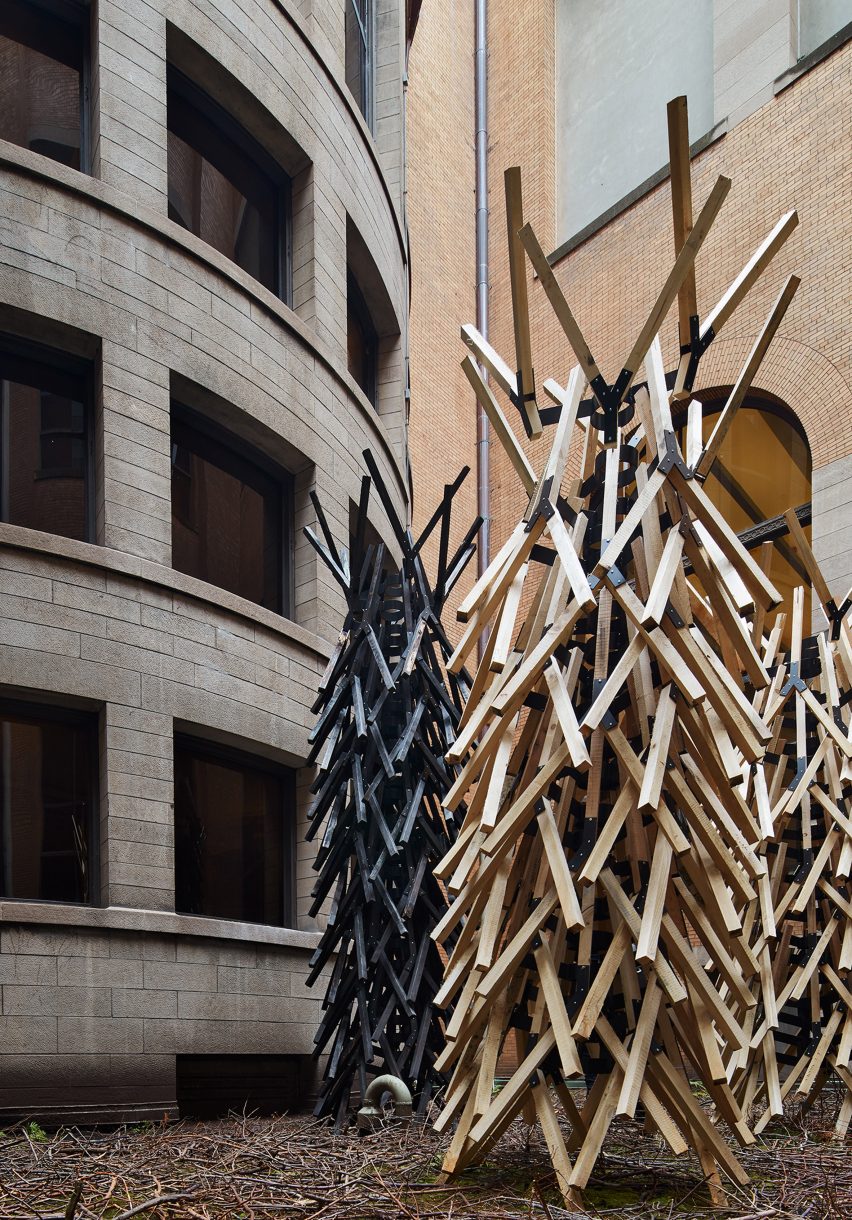
Three Trees: Jackson, Obama, Washington by Walter Hood
Walter J Hood's Three Trees: Jackson, Obama, Washington responds to ongoing conversations surrounding the building of the Obama Presidential Library in Chicago's Jackson Park, in Chicago's South Side.
The precedents of Frederick Law Olmsted's Jackson and Washington Parks, the nearby University of Chicago, and the legacy of the 1893 Chicago World's Fair, which took place in Jackson Park, weigh heavy on this dialogue. Hood relocated trees from the South Side to the Chicago Cultural Center, effectively transferring memory present in landscape to a new place. Emerging out of the mulch of decay, the trees tell a story of renewal.
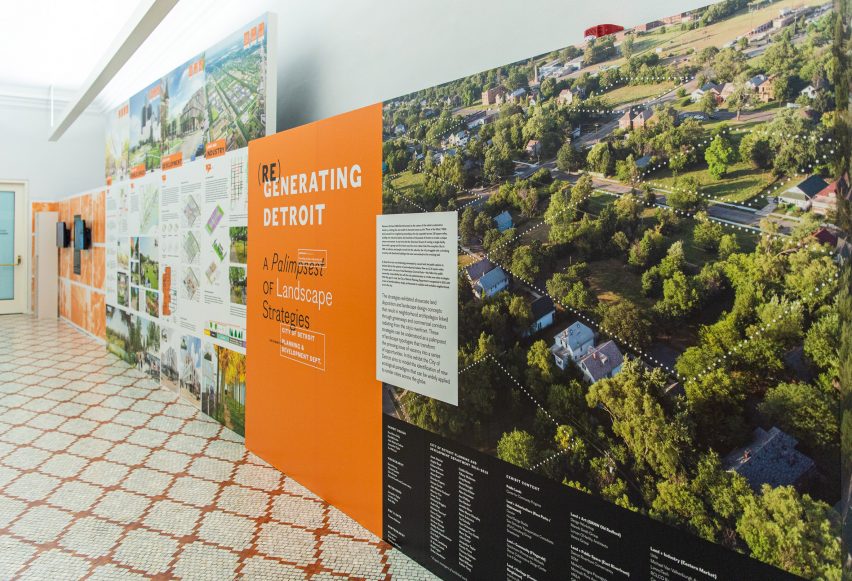
Regenerating Detroit: A Palimpsest of Landscape Strategies
Detroit contains 11.25 square miles of publicly owned vacant land – about equal to nine New York Central Parks – a unique problem for a city whose urban density has been impacted by loss of industry and population decline. In response, the City of Detroit Planning and Development Department has devised seven revitalisation strategies, all involving gardens, parks and natural habitat filling the blank spaces.
Regenerating Detroit: A Palimpsest of Landscape Strategies (2019) suggests neighbourhood linkages through greenways and commercial avenues. It also manifests close work with residents to ensure that the urban plan also reflects their heritage and traditions